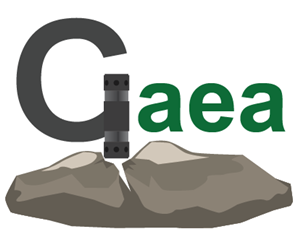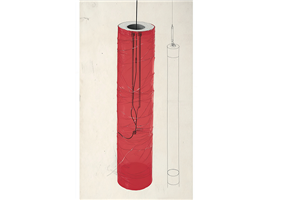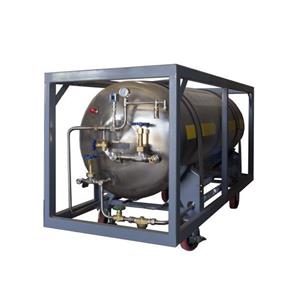Operation Introduction of CO2 Rock Blasting Technology: A Safe and Efficient Excavation Method
Product Link:
CO2 Rock Blasting Technology: Breaking Rock the Smart Way
Picture this: you need to carve through a massive chunk of rock, but you’re right next to a busy highway or a neighborhood. Traditional explosives? Too loud, too risky. That’s where CO2 rock blasting technology comes in—a clever, modern way to crack rock without all the chaos. It uses carbon dioxide, the same stuff in your soda, to get the job done quietly and safely. I’m excited to walk you through what this tech is, how it works, and why it’s making waves in construction and mining. Plus, I’ll share a real-life story from a highway project that shows it in action.
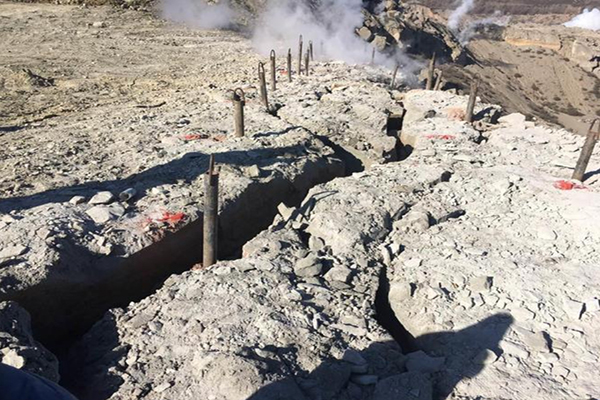
What’s CO2 Rock Blasting All About?
At its core, CO2 rock blasting is pretty simple. You take liquid CO2, heat it up inside a special tube, and—bam!—it turns into gas so fast it creates a shock wave that splits the rock apart. No explosions, no fireworks, just a controlled burst of pressure. Think of it like popping a balloon, except instead of air, it’s CO2 doing the heavy lifting.
This method is popping up everywhere—construction sites, mines, you name it—especially in spots where safety and precision matter most. Near roads or buildings, where you can’t afford a big boom? It’s perfect.
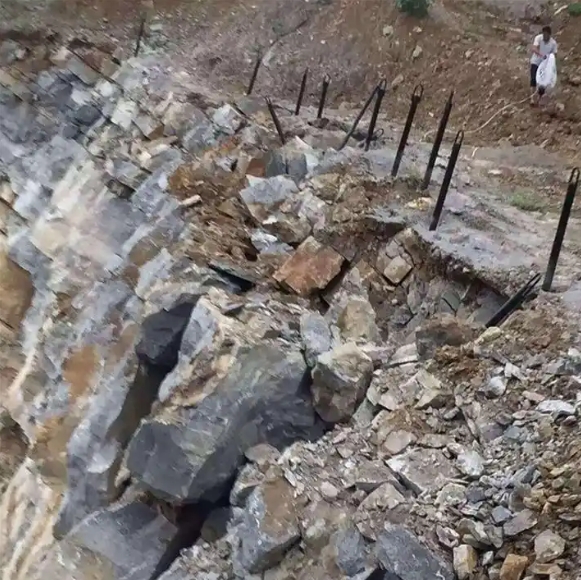
How Does It Actually Work?
Okay, let’s break it down into steps. It’s not as complicated as it might sound:
Marking the Spot: The team uses fancy tools—like a total station—to map out exactly where the rock needs to break. It’s like drawing a treasure map, but for excavation.
Clearing the Top: Excavators scoop away loose soil and junk to get to the rock underneath.
Drilling Holes: They drill shallow holes into the rock—say, 2.5 meters deep and about 120mm wide, based on one project I’ll tell you about later.
Loading the CO2: Liquid CO2 gets pumped into blasting tubes. These tubes are rigged with safety bits like membranes and heating rods—think of them as mini pressure cookers.
Sealing It Up: Sand or something similar plugs the holes to keep everything snug.
The Big Moment: A tiny electric zap heats the CO2, turning it into gas in a split second. That gas expands fast, cracking the rock with a shock wave. It’s over in less than a millisecond!
Tidying Up: Any leftover big pieces get smashed with hydraulic hammers, and the debris gets hauled off.
Rinse and Repeat: They keep going, section by section, until the job’s done.
It’s a smooth, step-by-step process that feels almost surgical—precise and clean.
Why People Love CO2 Rock Blasting
So, what’s the big deal? Why are folks switching to this method? Here’s the rundown:
Super Safe: No explosive chemicals mean no surprise bangs. You can use it near busy areas without sweating bullets.
Spot-On Accuracy: It only breaks what you want it to. No messy over-digging here.
Quiet Vibes: Compared to the earth-rattling noise of regular blasting, this is like a whisper. Less shaking, less fuss.
Good for the Planet: CO2 is already out there in nature, and this doesn’t leave nasty stuff behind.
Works Anywhere: Soft rock, hard rock, big job, small job—it handles it all.
Honestly, it’s hard not to get a little excited about something this smart and practical.
A Real-Life Example: Highway Heroics in China
Let’s take a look at how this tech saved the day on a highway project in China. It’s a great story.
The Problem
The crew needed to dig out a 130-meter stretch of rock along a highway. The slope was steep—up to 30 meters high—and made of tough mudstone. Regular tools like mechanical breakers couldn’t cut it, and here’s the kicker: the site was just 4 meters from a major highway. Explosives? No way—that’d be a disaster waiting to happen.
How They Did It
Here’s what the team pulled off with CO2 blasting:
Planning: They used a total station to mark the exact lines for the cut, making sure every detail was spot-on.
Drilling: They punched rows of shallow holes into the rock, spacing them about 1 to 1.5 meters apart.
CO2 Time: They loaded the blasting tubes with liquid CO2, tied them down with steel ropes (safety first!), and got ready.
Blast Protection: Old tire mats went over the top to catch any stray rocks—pretty clever, right?
Cracking the Rock: With a quick zap, the CO2 did its thing, splitting the rock quietly and cleanly.
Finishing Up: Hydraulic hammers took care of the bigger chunks, and excavators cleared the mess.
The Payoff
The slope came out perfect, and the highway next door didn’t feel a thing—no cracks, no shakes, nothing. The crew couldn’t have been happier with how it turned out.
Why CO2 Rock Blasting is a Big Deal
Rock breaking might not sound thrilling, but it’s the backbone of so much—roads, tunnels, mines. And with CO2 blasting, it’s not just about getting it done; it’s about doing it safer, smarter, and with less hassle. Whether you’re near a highway or in a city, this tech lets you tackle tough jobs without making a mess of everything else. It’s efficient, kind to the environment, and honestly, pretty darn cool.
Next time you hear about a tricky construction gig, bet on CO2 rock blasting being the quiet hero behind it. It’s changing the game, one crack at a time.
